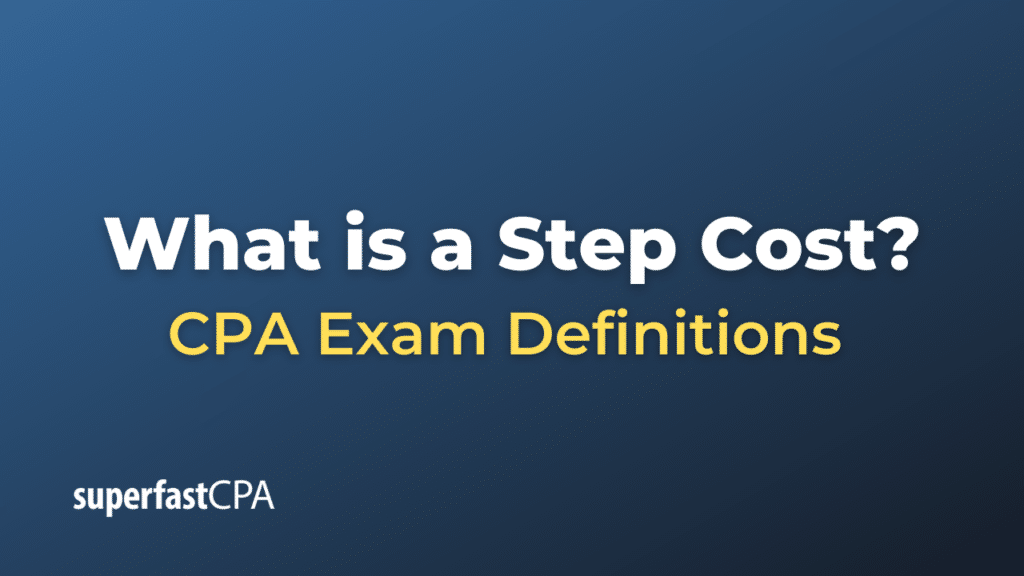Step Cost
A step cost is a type of cost behavior where the cost remains constant over a certain range of activity, but then suddenly increases to a new constant level once that range is exceeded. This pattern continues, with costs remaining flat for specific ranges and then making abrupt jumps at certain thresholds. It’s as if the cost “steps up” at certain intervals, hence the term “step cost.”
Step costs are typically associated with scenarios where additional capacity or resources are needed once a certain threshold is reached. Once this new capacity is added, costs jump to a new level and then remain constant until the next threshold is reached.
Example of a Step Cost
Let’s delve into an example involving a call center to illustrate the concept of step costs.
Scenario:
You manage a call center that handles customer service inquiries for a tech company. Each call center representative (CSR) can handle up to 500 calls a month. Due to workspace constraints, each of your office locations can accommodate up to 10 CSRs. If you need to accommodate more than 10 CSRs, you must lease an additional office location.
Step Cost Analysis:
- For 1 to 500 calls per month, you need 1 CSR, costing $2,500.
- When you receive 501 to 1,000 calls, you hire a second CSR, increasing your total cost to $5,000.
- This pattern continues up to 5,000 calls, at which point you have 10 CSRs costing a combined $25,000.
- However, at the 5,001st call, you not only need an 11th CSR (bringing that cost to $27,500), but you also need to lease a second office location. This pushes your total cost to $37,500 ($27,500 for CSR salaries + $10,000 for the second office location).
- Now, with two office locations, you can accommodate up to 20 CSRs. So, from 5,001 to 10,000 calls, your costs will increase in increments of $2,500 (for each additional CSR) until you reach a cost of $60,000 (20 CSRs + two office locations).
- At the 10,001st call, you will face another jump due to the requirement for a third office location.
Outcome:
As seen in this example, the cost doesn’t increase linearly with the number of calls. Instead, costs rise in “steps” with significant jumps when the capacity of an office location is exceeded.
If you were plotting the cost behavior with the number of calls on the x-axis and the total cost on the y-axis, the graph would show a series of steps, with sharp increases at each point where a new office location is needed.
Understanding these step costs is crucial for management. If the call center is approaching, say, 4,900 calls a month, there’s an impending significant cost increase just around the corner. This knowledge can guide decisions about expanding, optimizing operations, or even renegotiating lease terms to accommodate a more flexible workspace arrangement.













